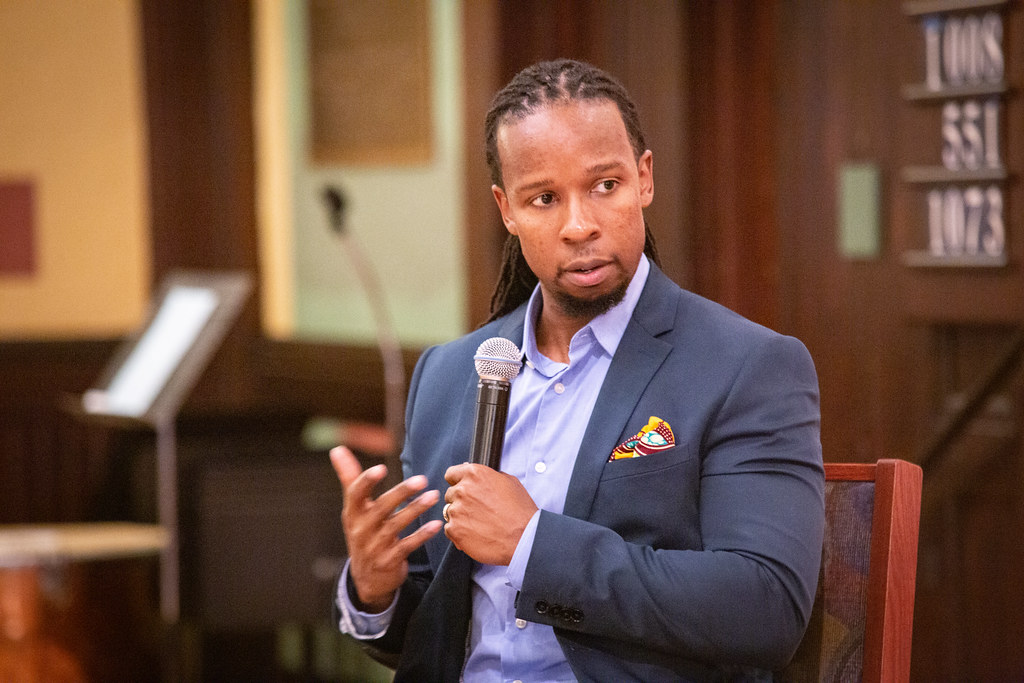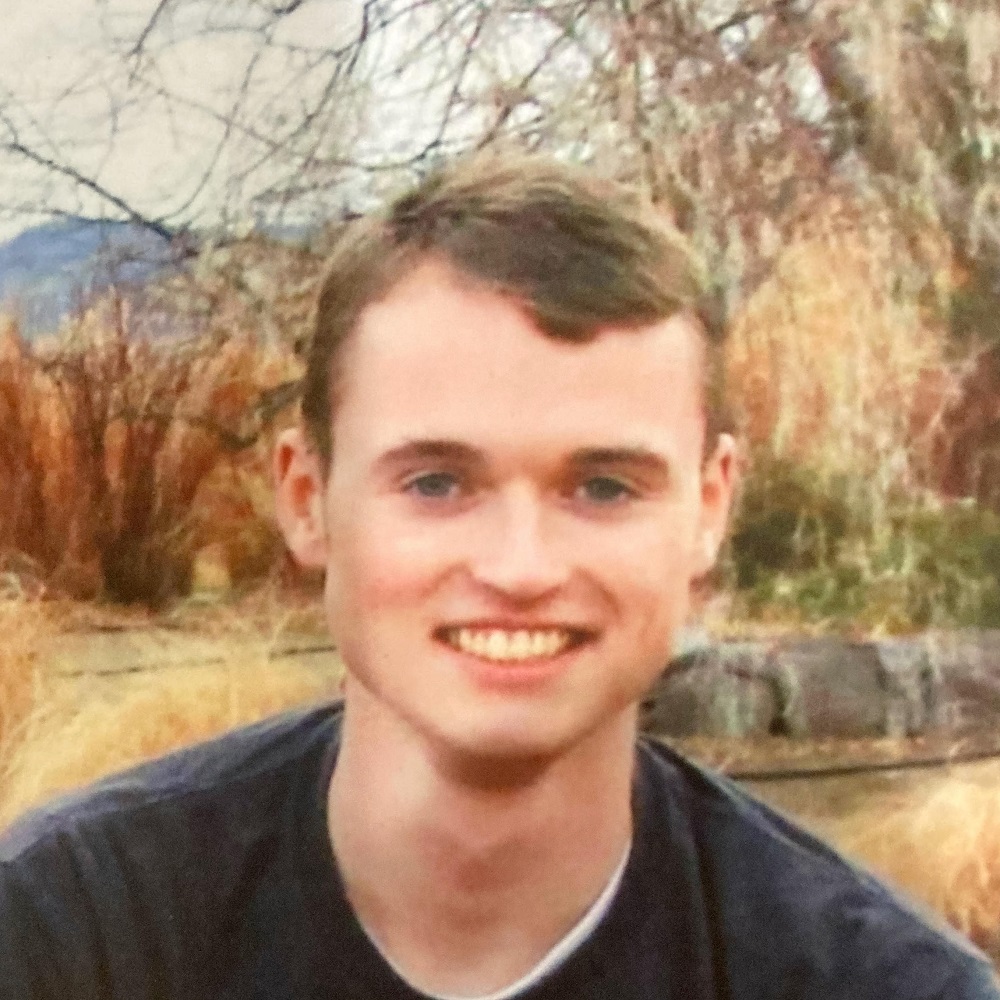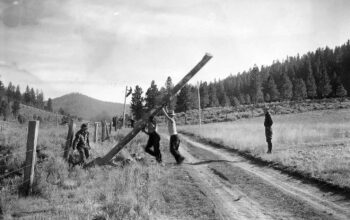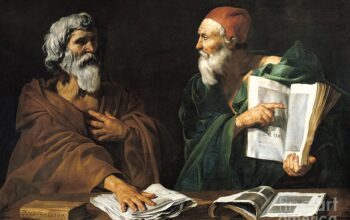The debate over critical race theory in the public square often seems to consist of people talking past each other. Understanding what both sides mean by the phrase can help us come to a more accurate conclusion.

Towards the beginning of the year, we published an article detailing how a certain understanding of race and racism, as illustrated primarily by the writings and thought of Ibram X. Kendi, is incompatible with the tenets of Christ’s restored Gospel. This was before the debates over critical race theory had become a serious political issue, and we were less interested in making a political statement than we were with examining claims that were being made within BYU about how Kendi’s thought was a suitable tool to use to fulfill President Nelson’s admonition to “root out racism.” However, with the amount of scrutiny that critical race theory has attracted in the public square since that article, we feel it would be useful to make some distinctions about what critical race theory is and why people think it is so important, particularly when it comes to its influence in public education.
Critical race theory has its origin in a body of legal scholarship examining the influence of race on the law and institutions of the United States of America. In this form it was pioneered primarily by the scholars Derrick Bell and Kimberlé Crenshaw, and their work still forms the basis of much of the academic discipline today. The ‘critical’ in critical race theory deals with its origin in the larger discipline of critical theory pioneered by the Frankfurt School of Marxist cultural criticism, notably Antonio Gramsci. Academic critical race theory is a critique of liberalism, and attempts to draw out the implications of race on society, particularly how law and politics can be influenced by the way that race is perceived in society.
A primary insight of critical race theory is that laws and institutions which make no reference to race can have an outsize impact on racial groups because of social perception or the use of other metrics closely correlated to race. One historical example of this is the practice of redlining, in which governments and businesses used geographical areas as proxies for denying minorities services- most notably financing for homes and businesses, but also insurance and on occasions even healthcare. In critical race theory this is known as ‘systemic racism,’ an institutional or legal construct which produces racialized outcomes whether or not it is explicitly designed to do so. It differs from the commonly understood definition of racism in that there is not necessarily an implication of personal bias; critical race scholars are agreed that systemic racism can occur without being consciously intended. While critical race theory as an academic discipline has a variety of perspectives and schools of thought, other tenets which are generally accepted by its adherents include the idea that race is a social construct (that is, that the way that we categorize people into races is arbitrary- the ancient Romans, for example, did not classify by race but only by ethnicity) and that the only way to understand oppression is through the lived experiences of those who experience it.
In recent years, however, critical race theory has gone from being a primarily academic discipline, concentrated in the law departments of a few universities, to a cultural and political phenomenon. The popular political version of critical race theory entered the public square for the first time in 2018 with the book White Fragility by Robin DiAngelo, followed closely by the influential How to be an Anti-Racist by Ibram X. Kendi. DiAngelo and Kendi, along with the broader Diversity, Equity and Inclusion (DEI) movement which operates mainly in corporate and educational training, brought certain aspects of critical race theory and adapted it from a complex legal analysis to an easily consumable political and social agenda. This pop-CRT has found significant purchase in the public education sphere, with an emphasis on things like the decolonization of curriculum, teaching hierarchies of racial power to young children, and abolishing the social construction of ‘whiteness,’ a nebulous term that generates serious internal disagreements about its meaning even among its proponents. In real terms, this has led to movements such as the introduction of a program of ‘ethnomathematics’ in Oregon or integrating questions about how “Power and Oppression show up in our math experiences” into the curriculum in Seattle.
This distinction between critical race theory as an academic discipline and critical race theory as it has influenced the political and cultural realm is lacking in the discussion about what CRT is and where it belongs in our schools. Some have pointed out that critical race theory is a legal discipline and could not possibly be taught in K-12 education, and others have noted that Kendi, DiAngelo, and others in the popular sphere have positions about race, culture and politics that contradict each other and accepted tenets of academic CRT. This is, in itself, true enough. However, the phenomenon exemplified by Kendi and DiAngelo is a real phenomenon, and one which is not currently being distinguished from academic CRT. Although some may assert that this is an incorrect use of the term, as Kendi and DiAngelo- although they have their differences both with each other and with CRT as a field- have both been inspired by critical race theory, it is not unreasonable to call their ideas and related others by that name.
While the debate about the appropriateness of CRT in the public sphere will continue for some time, it would be useful to be able to distinguish between academic CRT and pop-CRT. We propose using, apropos of Kendi, the term ‘critical antiracism.’ Whatever the eventual resolution however, both sides will benefit from being able to distinguish between these two strands of related thought and their influence in education.




